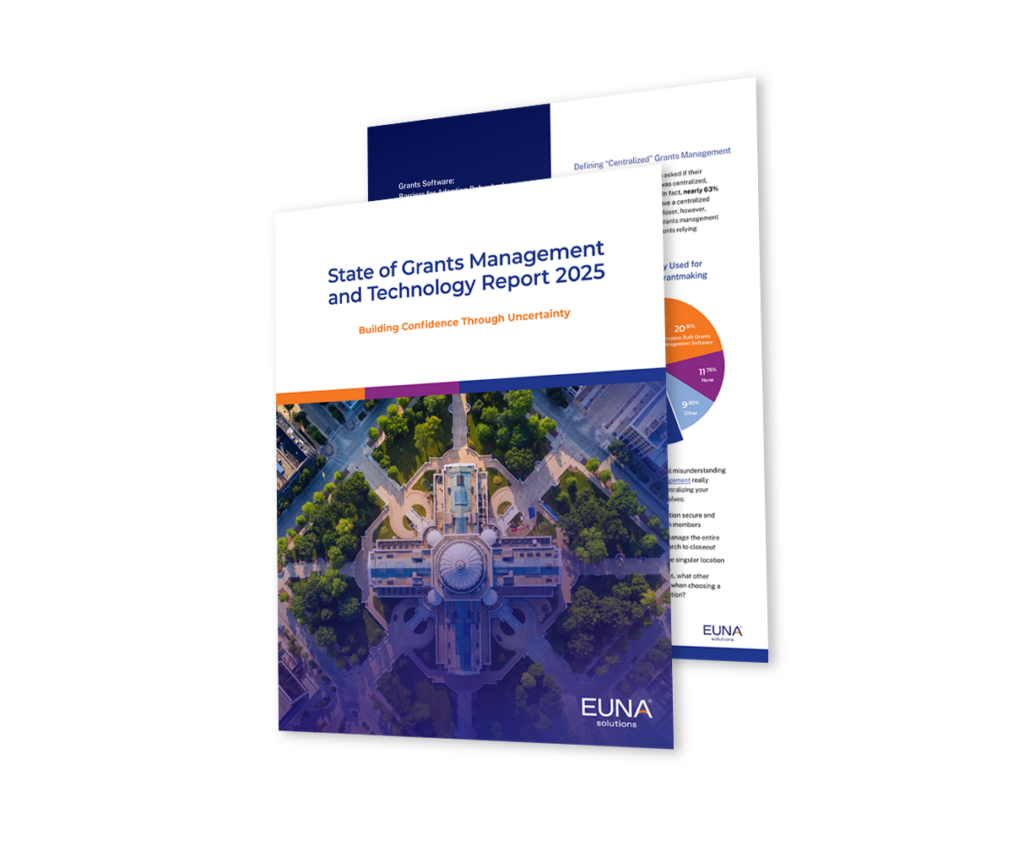Since its inception in 1910, Seattle City Light has been responsible for powering the Pacific Northwest’s largest city while maintaining its standards of carbon-neutrality and environmental responsibility. Controlling 16 major substations which provide electricity to over 460,000 businesses and residences across 131 square miles, they’re a big operation with an incredibly important function.
As the Contracts and Procurement Manager for Seattle City Light, Kim Rayray’s team is responsible for managing all the organization’s consulting contracts from beginning to end, serving as the delegated authority for its purchases (last year alone saw $140 million spent on both). Whether it’s widgets, transformers, or even televisions, Kim and her procurement department are responsible for sourcing, comparing, and purchasing, to find the city the best price they can on essential goods and services.
Challenge
Using older, paper-based methods, Kim and her team’s biggest challenge seemed to be just making sure “they got their arms around everything” when creating a solicitation, ensuring nothing got missed and everyone stayed looped in for the duration of the process. Unfortunately, that didn’t always happen. Often, the patchwork nature of their system at the time resulted in missed steps and certain parties being accidentally left out during important stages.
Kim’s team did use a legacy technology platform for their construction projects, but according to her, it was both expensive to use and ill-fitting for their needs. Clunky and challenging to use, members of her team would often resort to alternative methods such as spreadsheets and emails, which came with their own problems. Crucial errors would occur when creating formulas, or emails containing essential documents would bounce back, unbeknownst to them. This all resulted in delays and solicitation extensions, costing them valuable time they didn’t have.
Another frustration felt was the labor involved in their social procurement efforts. A big priority for Kim and her team was making sure they were engaging with enough diverse businesses when sending out their solicitations. But it was tough to get those numbers; often, staff would have the grueling task of manually checking each individual solicitation just to keep track.
Undaunted, Kim searched far and wide for the perfect eProcurement platform, but each one she found seemed to be missing critical elements. Then, she discovered Euna Procurement, powered by Bonfire.
Solution
Once Kim implemented Euna Procurement, she knew she had found the all-in-one solution of her dreams. Its dashboard and automatic reminders give her peace of mind that no step in the procurement process will be overlooked, and her staff love the automatic calculation feature. Seattle City Light uses an expertise-driven (or best-value driven) model when grading suppliers during a solicitation process, which can involve some complex math that used to leave her staff anxious about making mistakes. But with Euna Procurement, there’s no more second-guessing—they just enter their data and let the platform work its magic.
“[Before Euna Procurement] there were a lot of calculations my staff would have to do manually in their spreadsheets, triple checking their work. In Euna Procurement, you plug in your information, and it just does [the calculation] for you. We don’t have to worry about it.”
Due to Euna Procurement’s centralized dashboard, all parties involved in a solicitation now have the same access to its information and progress, ensuring that everyone is on the same page. Plus, her suppliers love it, too—they no longer worry about one of their emails landing in the inbox of an absent staff member. Because everything is now contained in one place, anyone on Kim’s team can jump in and take over without missing a step.
“[Euna Procurement] has improved both our internal and external communication, whether it’s with evaluators or consultants or suppliers. I can’t say enough good stuff about it.”
And when it comes to tracking their outreach to diverse businesses, Euna Procurement allows suppliers to self-identify in the portal. This makes it easy for Kim and her team to get a birds-eye view of not only where they’re succeeding, but where they need to provide additional outreach.
Lastly, Kim loves how easy it was to train her staff on Euna Procurement. Not only did Euna Procurement’s client experience team engage in training sessions with her team, but her employees also joined in on bi-weekly training refreshers to keep their skills sharp.
Results
After implementing Euna Procurement’s state-of-the-art eProcurement solution, Kim and her team have become more confident in their processes, and it’s paid off. Complex, multi-category solicitations used to have everyone reaching for the ibuprofen, but not anymore. In fact, the system does such a great job at making complex tasks effortless that it has had a profound impact on their supplier engagement as well. Just in the last year, they’ve enjoyed an average of 7.3 proposals per project and 117 supplier submissions total over the last year.
“Our staff were hesitant, because they had done the previous [platform] outside of Euna Procurement,” she says, “and they said, ‘oh my gosh, it’s like night and day.’
“There are a lot of moving parts [with] so many different categories and levels, and firms can bid on multiple categories, so it can really become complicated,” she continues. “But Euna Procurement made it so easy for everyone, we ended up with 21 contracts.”
“It’s cost effective. It really is. It more than pays for itself. Where has Euna Procurement been all my life?”
When asked what she would say to anyone considering Euna Procurement for their organization, Kim doesn’t mince words.
“Do it!” she says. “You don’t know what you’re missing.”
